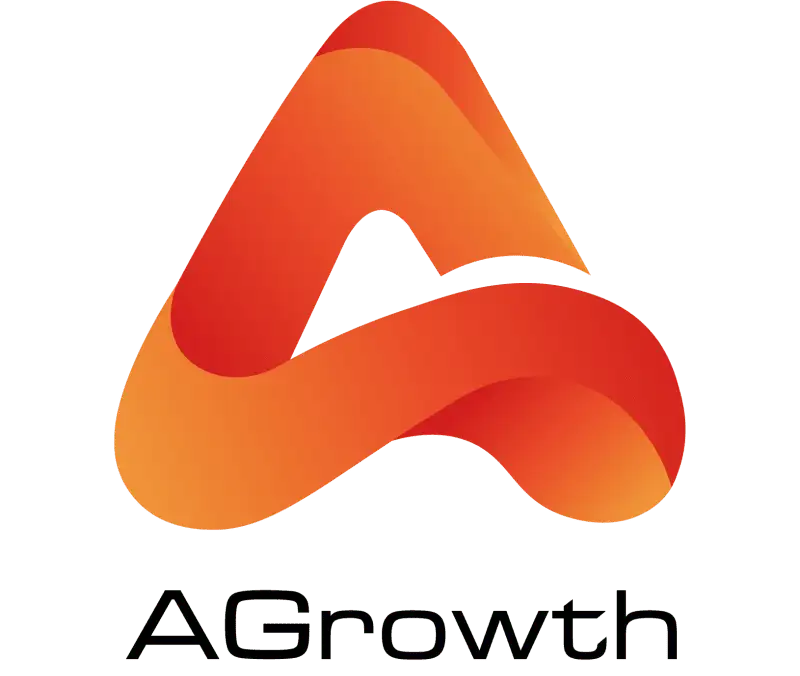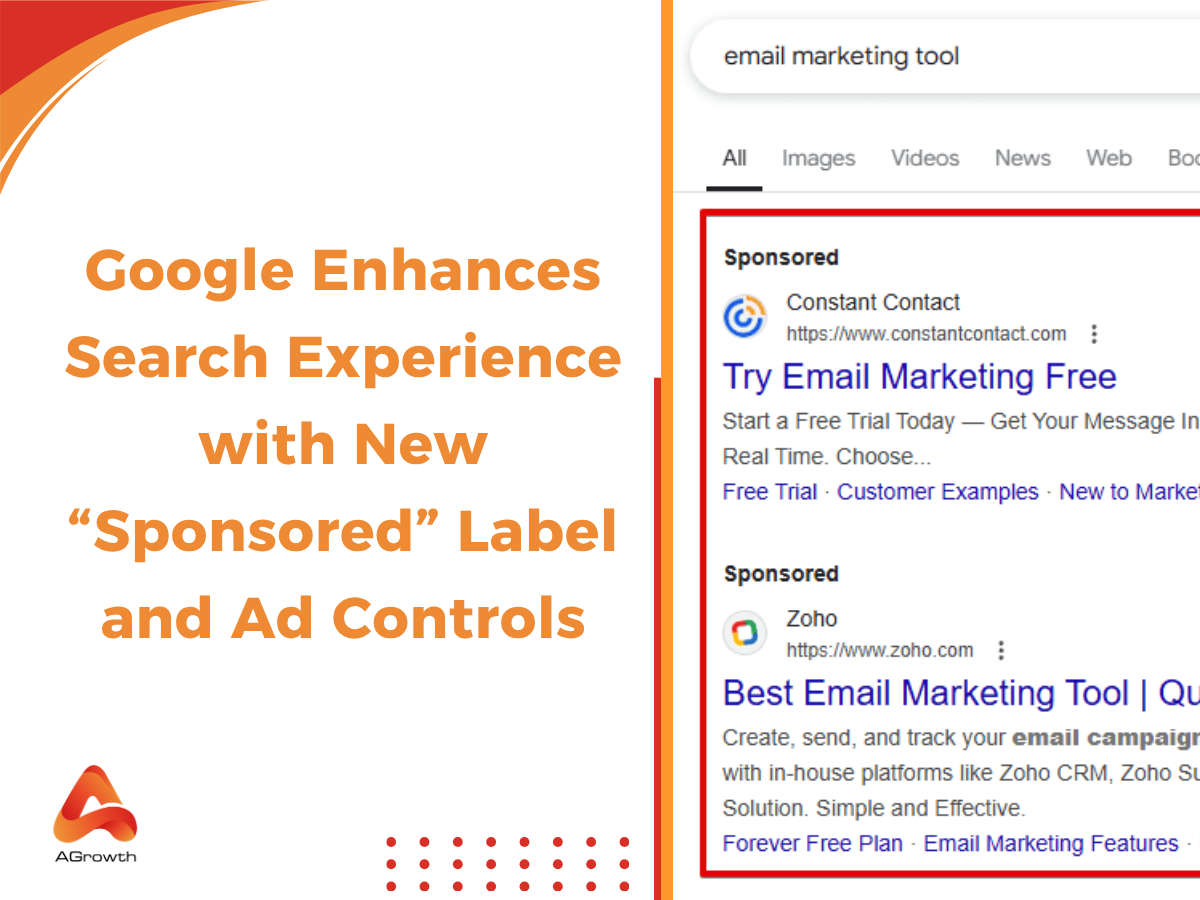
Table of Contents
Guide to Google Ads Account Structure: A Blueprint for Performance
A well-organized Google Ads account is the bedrock of any successful paid search strategy. It’s the difference between a finely tuned machine that drives conversions efficiently and a chaotic mess that hemorrhages your budget. While many advertisers understand the basics of campaigns and ad groups, the strategic structure of the account is often an afterthought—a critical mistake that can cap your performance potential from day one.
This in-depth guide moves beyond the fundamentals. It’s crafted for advertisers who know their way around the Google Ads interface but want to refine their approach, unlock greater efficiency, and build a scalable foundation for growth. We'll dissect the "what" and the "why" behind optimal account architecture, explore proven organizational principles, and highlight common pitfalls to avoid.
What Is Google Ads Account Structure?
The Google Ads account structure is the way your campaigns, ad groups, ads, and targeting elements are arranged within your account. Think of it as the “blueprint” for your advertising. This structure directly affects:
-
Budget allocation at different levels.
-
Targeting precision for locations, devices, and audiences.
-
Performance tracking at macro and micro levels.
-
Relevance between search intent, ad copy, and landing page.
According to Google Ads Help, "Your Google Ads account is organized into campaigns and ad groups," which allows you to "organize your ads to focus them on specific goals." This organization is not just for administrative convenience; it directly influences ad relevance, which is a major component of your Ad Rank and, consequently, your cost-per-click (CPC).
The Google Ads hierarchy flows like this:
Account → Campaigns → Ad Groups → Ads & Extensions → Keywords/Targeting
Each layer plays a different role in the delivery of ads, and they all need to be set up in a way that supports your overall marketing objectives.
Components of Google Ads Account Structure
To fully master account structure, you need to understand each layer and how it impacts performance.
Account Level
At the very top sits your Google Ad Account. This is the container for everything. At this level, you set foundational, account-wide information that rarely changes.
-
Access & Security: This is where you manage who has access to your account (e.g., managers, analysts) and their permission levels. Learn step-by-step how to add users to your Google Ads account without compromising security here!
-
Billing Information: All payment methods and billing details are configured here. You’ll have a unique account ID (a 10-digit number) that identifies your specific Google Ads account.
If you are unsure where to start, follow our guide to set up the payment method Google Ads correctly to avoid service interruptions."
-
Global Settings: While most strategic settings happen at lower levels, some tools and preferences, like tracking templates at the account level (if you use a consistent tracking system across all campaigns), are set here.
For businesses that manage multiple distinct entities or clients, such as an agency or a large corporation with separate subsidiaries, a Google Manager Account (formerly My Client Center or MCC) sits above the individual Account level, allowing for streamlined management of multiple accounts from a single dashboard.
Campaign Level
Google Ad campaign structure is the first layer of strategic organization. Each campaign is built around a single, clear business objective. This is the level where you make high-impact decisions about budget allocation, targeting, and overall goals.
-
Budget & Bidding: You set a daily budget for each campaign, defining how much you're willing to spend. Bidding strategies (e.g., Maximize Conversions, Target CPA, Manual CPC) are also set at the campaign level, telling Google how you want to bid in the ad auction.
-
Marketing Goal: When creating a Google ad campaign, Google prompts you to select a goal (e.g., Sales, Leads, Website Traffic). This choice influences the settings and features Google recommends.
-
Targeting (Location & Language): You decide the specific geographic areas (countries, regions, cities, or even radii) and the languages of the customers you want to reach.
-
Network Settings: Here, you choose whether your ads will appear on the Google Search Network, the Display Network, or Search Partners. For most advertisers focused on intent, sticking to the Search Network is the best practice for search campaigns.

A common mistake is to lump multiple, distinct goals into a single campaign. A campaign targeting "Brand Awareness" should be structured and budgeted for differently than one focused on "Lead Generation." Separating them at the campaign level is non-negotiable for effective management.
Ad Group Level
Within each campaign, you have Ad Groups. The primary function of an ad group is to organize a small, tightly-knit group of keywords around a single, specific theme. This thematic consistency is the key to relevance.
-
Keyword Clusters: Each ad group should contain a handful of closely related keywords. For example, if you sell running shoes, you might have one ad group for "men's trail running shoes" and another for "women's road running shoes." You would not mix "trail" and "road" keywords in the same ad group.
-
Ad Relevance: Because all keywords in an ad group share a tight theme, you can write highly specific and relevant ad copy. When someone searches for "waterproof trail running shoes for men," the ad they see should speak directly to that query, using similar language. This direct match between keyword, ad, and landing page is what drives a high Quality Score.
The granularity of your ad groups is a balancing act. Too broad, and your ads lose relevance. Too granular (e.g., Single Keyword Ad Groups or SKAGs), and the account can become unwieldy to manage, especially with the evolution of Google's match types. The modern best practice is to use tightly themed groups that allow for relevant ad creation without excessive fragmentation.

Ads and Extensions
This is the creative layer where you craft the message that your potential customers will see. Within each ad group, you should have multiple ad variations to test what resonates best with your audience.
-
Responsive Search Ads (RSAs): The current standard, RSAs allow you to provide multiple headlines and descriptions. Google's machine learning then mixes and matches them to find the best-performing combinations for different queries and users. The key is to provide diverse, compelling, and thematically consistent assets that work well together.
-
Ad Extensions: These are snippets of additional information that "extend" your ad, providing more details and giving users more reasons to click. Essential extensions include Sitelinks, Callouts, and Structured Snippets. Others, like Image, Price, and Promotion extensions, can be used where relevant to make your ad stand out and improve its click-through rate (CTR). According to Google, using extensions can significantly lift ad performance.
Keywords & Targeting
Keywords are the foundation of search advertising. They are the words and phrases that you bid on, hoping to match what a user types into the Google search bar.
-
Intent Matching: The goal is to select keywords that accurately reflect the search intent of your target audience. Are they looking for information ("what is the best running shoe"), or are they ready to buy ("buy brooks ghost 15 online")?
-
Match Types: Broad Match, Phrase Match, and Exact Match give you varying degrees of control over how closely a user's search query must match your keyword. A well-stru
-
ctured account uses a mix of these, often starting with more precise match types (Phrase, Exact) to control costs and expanding to Broad Match in combination with Smart Bidding to capture a wider audience.
-
Negative Keywords: Just as important are negative keywords. These are terms you explicitly tell Google not to show your ads for. A robust negative keyword list is essential for preventing wasted spend on irrelevant clicks.
Principles of an Effective Account Structure
Your account structure should mirror the way you think about your business. It should feel intuitive to navigate. Here are the most effective principles for architecting your campaigns.
1. Structure by Product or Service Category
This is the most common and often the most effective method. It involves creating campaigns that directly correspond to the main product or service categories listed on your website.
-
Why it works: It creates a clear path from search query to conversion. A user searching for "men's winter jackets" can be sent from a "Men's Jackets" campaign to an ad group for "Winter Jackets," with ad copy highlighting warmth and weatherproofing, leading directly to the men's winter jackets category page on your site. This alignment is a massive driver of Quality Score.
-
Example:
-
Ad Group A: Men's Running Shoes
-
Ad Group B: Men's Hiking Boots
-
Ad Group C: Men's Casual Sneakers
-
Ad Group A: Women's Running Shoes
-
Ad Group B: Women's Sandals
-
Ad Group C: Women's Ankle Boots
-
-
Campaign 1: Men's Footwear
-
Campaign 2: Women's Footwear
This approach allows you to set different budgets for different product lines based on their profitability or strategic importance.
2. Structure by Marketing Objective or Funnel Stage
Not all keywords carry the same intent. Some users are just starting their research (top of the funnel), while others are ready to purchase (bottom of the funnel). Structuring campaigns around this user journey can be highly effective.
-
Why it works: It allows you to tailor your messaging, bids, and landing pages to the user's mindset. You can bid more aggressively on high-intent, "buying" keywords while using a more conservative approach for broader, informational terms.
-
Example:
-
Ad Group: [Your Brand Name] Keywords
-
Ad Group: [Your Product Model] Keywords
-
Ad Group: [Competitor A] Keywords
-
Ad Group: [Competitor B] Keywords
-
Ad Group: "how to fix a leaky faucet"
-
Ad Group: "best plumber near me reviews"
-
-
Campaign 1 (Bottom Funnel - Brand): Targeting your own brand name and product model numbers.
-
Campaign 2 (Mid Funnel - Competitors): Targeting the brand names of your direct competitors.
-
Campaign 3 (Top Funnel - General): Targeting non-branded, problem-aware keywords.
This strategy provides immense control over messaging. For a competitor campaign, your ad copy might highlight your unique value proposition. For a general campaign, the ad might lead to a helpful blog post instead of a direct sales page.
3. Structure by Geographic Location
If your business operates in different cities, states, or countries with varying performance, budgets, or market priorities, structuring by location is essential.
-
Why it works: It gives you granular control over location-based budgets and targeting. Performance in New York might be vastly different from performance in Omaha. Separating them into different campaigns allows you to allocate your budget to the highest-performing areas and tailor ad copy with location-specific offers or language (e.g., "Free Shipping in California").
-
Example:
-
Campaign 1: USA - California - Men's Shoes
-
Campaign 2: USA - New York - Men's Shoes
-
Campaign 3: Canada - Ontario - Men's Shoes
You wouldn't necessarily do this for every state, but for key markets, it's a powerful way to optimize performance.
AGROWTH - GOOGLE AGENCY ACCOUNT
⭐ Managed campaigns with expert guidance
⭐ Flexible invoice-based billings, custom top-ups
⭐ High resistance to suspension via agency tier
⭐ Quick fund transfer to new account if needed
⭐ Priority support via Google Partner channel
⭐ Lower fees from 3-5%
⭐ Eligible for bonus credit up to $384
Common and Costly Mistakes in Account Structure
Even seasoned advertisers can fall into bad habits. A poorly structured account is not just inefficient; it actively works against you by lowering Quality Scores and inflating costs. Here are some of the most frequent errors we see.
-
The "One Campaign, One Ad Group" Mess: This is the cardinal sin. Lumping all of your keywords—from "laptops" to "headphones" to "phone cases"—into a single ad group is a recipe for disaster. It makes it impossible to write relevant ads, resulting in abysmal CTR and Quality Scores.
-
Overlooking Negative Keywords: Failing to manage a negative keyword list actively is like leaving your door unlocked. You will inevitably pay for irrelevant clicks from users whose intent does not align with your offerings.
-
Ignoring Match Type Strategy: Relying solely on Broad Match without Smart Bidding or a clear understanding of its function can quickly drain a budget. Conversely, using only Exact Match can severely limit your reach and prevent you from discovering new, valuable search queries.
-
Inconsistent Naming Conventions: Campaign 2, Ad Group 5, Copy of Search Campaign. Unintelligible names make reporting and management a nightmare, especially as the account grows or when new team members are onboarded. A clear, consistent naming system is crucial.
Google Ads Account Structure Best Practices
To build a truly elite account structure, go beyond the basics and incorporate these expert-level practices.
-
Start with a Naming Convention and Stick to It: Before you build anything, decide on a clear, scalable naming convention. A popular format is: Campaign Type - Product/Service - Targeting - Match Type. For example: Search - RunningShoes - USA - Phrase. This makes filtering and reporting a breeze.
-
Align with Your Website's Navigation: Your website is usually the best guide. If your site is logically structured into categories and subcategories, your Google Ads account should reflect that. This creates the most seamless user journey.
-
Use Portfolio Bid Strategies: For campaigns with similar goals (e.g., several campaigns targeting a $50 CPA), group them under a portfolio bid strategy. This allows Google's algorithm to optimize bids across these campaigns collectively, using a larger data set to make smarter decisions.
-
Isolate Brand Campaigns: Always separate your brand keyword campaigns from non-brand campaigns. Brand searches have fundamentally different performance metrics (higher CTR, lower CPC, higher conversion rate). Mixing them with non-brand terms skews your overall campaign data and makes it difficult to assess the true performance of your prospecting efforts.
-
Regularly Audit and Refine: An account structure is not a "set it and forget it" task. As your business evolves, new products are added, and performance data comes in, you must be willing to pause underperforming ad groups, create new campaigns for new initiatives, and continually refine your keyword clusters.
FAQs
When should I create a new Campaign instead of a new Ad Group?
You should create a new Campaign when you need to control a separate budget, target a different geographic location, or change bidding strategies. Create a new Ad Group only when you need to group a specific set of keywords that require a unique ad copy to ensure relevance.
Can I set daily budgets at the Ad Group level?
No, this is a common misconception. Daily budgets are controlled exclusively at the Campaign level. If you have a specific product line or service that requires a guaranteed budget cap, it must be placed in its own dedicated campaign, not just an ad group.
Are Single Keyword Ad Groups (SKAGs) still a good structure?
SKAGs are largely considered outdated. With the improvement of Google's "Close Variant" matching and AI-driven Smart Bidding, breaking keywords into individual ad groups fragments your data and hinders optimization. The current standard is STAGs (Single Theme Ad Groups), which group 5-20 closely related keywords together.
How does account structure impact my Quality Score?
Structure is the bridge between your keyword, your ad, and your landing page. A tight structure ensures that when a user searches for "Product A," they see an ad for "Product A" and land on the page for "Product A." This "Ad Relevance" is a core component of Quality Score, directly lowering your Cost Per Click (CPC).
Should I organize my account structure by Match Type?
Historically, "Match Type Mirroring" (creating separate ad groups for Broad, Phrase, and Exact match) was common. Today, with the sophistication of Smart Bidding, this is less necessary. A simplified structure often combines match types within the same thematic ad group, allowing Google's AI to optimize based on user intent rather than just syntax.
Related posts:









Your comment